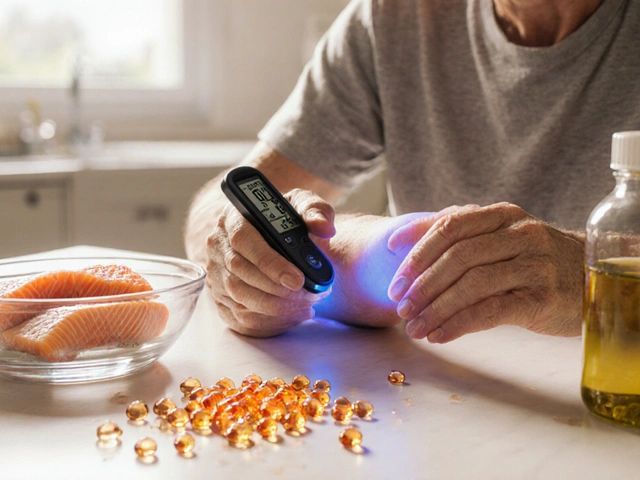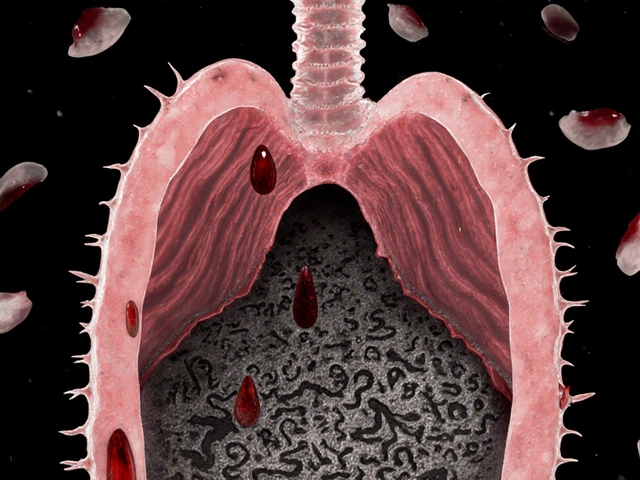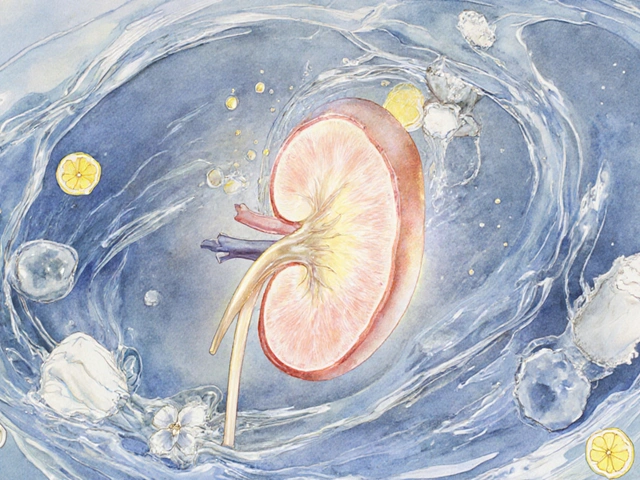Aneurysm Genetics: What You Need to Know
If you’ve heard that aneurysms can run in families, you’re not imagining it. Certain genes can make your blood vessels weaker, increasing the chance of a bulge that might burst. Knowing the genetic link helps you catch problems early, plan the right tests, and take steps before anything serious happens.
Why Genes Matter in Aneurysm Development
Most aneurysms are caused by a mix of lifestyle and biology, but specific mutations tip the scale. The most common culprits are FBN1 (linked to Marfan syndrome), COL3A1 (Ehlers‑Danlos type IV), and the ACTA2 gene that controls smooth‑muscle cells in arteries. When these genes are altered, the wall of the artery can stretch too much or lose its elasticity, creating a weak spot.
Family studies show that first‑degree relatives of someone with aortic or cerebral aneurysms have a 2‑5 times higher risk than the general population. That jump is why doctors ask about family history during routine check‑ups. Even if you feel perfectly healthy, a hidden genetic predisposition could be silently shaping your vessels.
Testing and Prevention: Practical Steps for You and Your Family
Genetic testing isn’t a one‑size‑fits‑all, but it’s become more accessible. If you have a known aneurysm or a close relative with one, ask your doctor about a targeted panel that looks at the most relevant genes. The test usually involves a simple blood draw or cheek swab, and results come back in a few weeks.
When a pathogenic variant is found, the next move is regular imaging. For aortic aneurysms, an annual echocardiogram or MRI can track size changes. Cerebral aneurysms often need a yearly CTA (computed tomography angiography) or MRA (magnetic resonance angiography). Early detection lets surgeons intervene before a rupture becomes life‑threatening.
Apart from scans, lifestyle tweaks matter. Keep blood pressure low, quit smoking, stay active, and eat a heart‑healthy diet rich in fruits, veggies, and omega‑3 fatty acids. Some doctors also prescribe beta‑blockers to reduce stress on the arterial wall, especially for Marfan‑related cases.
Talking to relatives is key. If you discover a genetic risk, encourage siblings, parents, and even adult children to get screened. A single conversation can prompt a cousin to have an MRI that catches an aneurysm early, saving a life.
Finally, stay informed about research. New therapies, like gene‑editing trials and personalized drugs that strengthen vessel walls, are on the horizon. Being part of a patient registry or support group can give you early access to breakthroughs and practical advice from people in the same boat.
Bottom line: aneurysm genetics is a powerful clue that lets you and your family act before trouble shows up. Ask your doctor about family history, consider genetic testing if the risk looks real, and stick to a routine of imaging and healthy habits. The more you know, the better you can protect yourself and the people you love.
Genetic Risk Factors for Subarachnoid Hemorrhage: Are You at Risk?
Explore how genetics shape the risk of subarachnoid hemorrhage, the key inherited conditions, and what steps you can take to assess and manage your personal risk.





